- Product
- Solution for
For Your Industry
- Plans & Pricing
- Company
- Resources
For Your Industry
Dynamic pricing is often seen as the holy grail of modern revenue strategy. By automatically adjusting prices in real time, companies expect to maximize profit margins, capture fluctuating demand, and stay ahead of competitors. But there’s a common misconception that once a pricing model is built and deployed, it can run indefinitely without intervention — the so-called “set and forget” mindset.
That belief is a costly myth.
In reality, dynamic pricing systems are only as intelligent as their most recent data and strategic inputs. Market conditions shift, consumer behavior evolves, and competitive landscapes transform faster than any static algorithm can handle. When pricing models are left unchecked, they stop being dynamic — and start being dangerous.
This article explores why “set and forget” doesn’t work in dynamic pricing, how data drift and market volatility erode performance, and what a continuous optimization strategy should look like in the era of AI-assisted decision-making.

In the context of pricing automation, “set and forget” refers to implementing an algorithm or rule-based model, setting parameters once, and expecting it to continuously deliver optimal outcomes.
At first, it appears efficient — you let machine learning models do the heavy lifting while your team focuses elsewhere. But the absence of regular review, testing, and recalibration means your pricing engine gradually loses alignment with reality.
Markets are not static ecosystems. Every competitor’s move, every change in consumer preference, every shift in macroeconomic indicators alters what customers perceive as “fair value.” Without active feedback loops, even the smartest model drifts away from profitability.
Dynamic pricing relies on patterns in market data: demand, inventory, seasonality, and competitor behavior. But the velocity of change in today’s markets far outpaces what a one-time model can handle.
Over time, previously valid relationships — like the correlation between demand and price elasticity — weaken. A model trained on outdated data may:
Keep prices too high when competitors discount aggressively.
Fail to capture emerging trends such as new customer segments or cross-channel demand.
Misinterpret macroeconomic signals (inflation, exchange rates, shipping delays).
Static pricing erodes competitiveness and can quickly result in lost revenue share. Worse, customers start perceiving your prices as unresponsive or unfair.
To stay aligned with live market realities, companies must:
Retrain models regularly using rolling data windows.
Update competitive benchmarks as new entrants emerge.
Track price elasticity shifts across categories, regions, and time frames.
A living pricing model mirrors the market’s pace — not last quarter’s patterns.
Even with automation, data drift — gradual shifts in input data or its underlying meaning — undermines accuracy.
Let’s say your system learned that weekend traffic drives the highest conversions, so it raises prices on Saturdays. But a new marketing campaign now pushes weekday sales. The model, unaware of the shift, keeps adjusting incorrectly, leading to misaligned prices and reduced sales.
To prevent silent deterioration:
Monitor prediction accuracy over time.
Compare model outputs to actual outcomes and flag anomalies.
Automate alerts for significant deviations in pricing recommendations.
Algorithms learn from the past; markets reward those who understand the present. Data monitoring ensures your pricing remains truly dynamic — not historically accurate but strategically current.
Dynamic pricing doesn’t exist in isolation. When you change a price, competitors often respond instantly — especially in digital retail.
If your pricing algorithm reacts purely to competitor movements without strategic oversight, it can trigger endless reactive cycles:
Price undercutting that erodes margins.
Sudden spikes that push customers away.
Algorithmic “collisions,” where two automated systems compete in a loop.
Use competitor intelligence systems that provide context, not just data. Combine automated tracking with human review to decide when and why to respond. Not every competitor change warrants action — strategic patience often protects profitability.
In the pursuit of optimized pricing, companies sometimes forget the human side: how customers interpret price changes.
If customers notice prices shifting dramatically or inconsistently, they may question fairness. Price sensitivity is influenced not only by value but by trust.
Frequent changes create confusion.
Perceived randomness undermines credibility.
Lack of transparency drives customers to competitors who appear more stable.
To safeguard brand trust:
Apply pricing guardrails to limit extreme volatility.
Use clear communication about factors influencing price (availability, demand, or promotions).
Align dynamic pricing strategies with customer expectations, not just algorithmic efficiency.
Customers remember how your prices made them feel — not how efficiently they were calculated.
Automation is powerful, but it’s not autonomous. The most effective pricing organizations combine algorithmic intelligence with human insight.
Process massive data sets.
Detect micro-trends faster than humans.
Execute price changes in real time.
When humans and machines collaborate, pricing decisions become both analytical and strategic — balancing precision with perspective.
Ignoring model updates or data validation has tangible business costs:
Revenue Loss: Outdated prices miss opportunities to capture premium demand.
Margin Erosion: Automated undercutting reduces profitability.
Brand Damage: Customers lose trust in fluctuating or inconsistent pricing.
Operational Risk: Compliance violations or unfair pricing patterns go unnoticed.
Dynamic pricing is not an install-and-ignore system — it’s a continuous business discipline requiring vigilance and iteration.
A robust dynamic pricing framework follows a repeating cycle:
Gather data from multiple sources — transactions, market feeds, and competitor prices. Ensure accuracy, freshness, and contextual labeling.
Use current data to retrain algorithms, testing performance against live results. Incorporate scenario simulations before full deployment.
Track how each pricing change impacts revenue, conversion, and margin. Detect anomalies automatically.
Analysts review outliers, adjust rules, and validate ethical considerations.
Feed insights back into the model to enhance predictive accuracy over time.
This cycle never stops — it defines what “dynamic” truly means.
The evolution of AI is reshaping how dynamic pricing operates. Large language models and advanced analytics are enabling:
Contextual reasoning: Understanding why demand shifts occur.
Predictive accuracy: Anticipating competitor actions.
Explainable AI (XAI): Making automated decisions transparent.
However, as AI grows more autonomous, the temptation to “set and forget” will also increase. That’s precisely when oversight becomes most critical. The role of human expertise shifts from micro-managing prices to designing systems that learn responsibly.
A large online retailer implemented an automated system that increased prices during high demand. It worked — until public sentiment turned. Customers accused the brand of price gouging during supply shortages, resulting in reputational damage and regulatory scrutiny.
The lesson: automation amplifies both success and mistakes. Without ethical boundaries and human review, optimization can quickly cross into exploitation.
How can companies assess whether their dynamic pricing strategy is healthy?
Price Elasticity Index: How responsive demand is to price changes.
Margin Consistency: Stability of profit margins over time.
Competitor Alignment: Gap between your price positioning and market average.
Customer Sentiment: Feedback trends on perceived fairness.
Revenue Efficiency: Ratio of price changes to net revenue improvement.
Continuous measurement ensures pricing serves long-term growth, not short-term gains.
At tgndata, we believe pricing intelligence should evolve as quickly as your market. Our solutions integrate real-time data pipelines, automated drift detection, and human-centered analytics — ensuring that every pricing decision is both data-driven and strategically sound.
Whether you’re deploying your first AI-based model or optimizing a global pricing engine, tgndata helps you stay adaptive, ethical, and profitable in a landscape that never stops moving.
Explore how tgndata’s pricing intelligence solutions work →
Read our guide on “How Data Accuracy Shapes Pricing Decisions” →
Dynamic pricing isn’t about creating a perfect model — it’s about building a resilient system that evolves continuously. The companies winning in pricing today are not the ones who automate everything, but those who balance machine precision with human intelligence.
“Set and forget” is convenient — but in dynamic markets, convenience quickly turns into complacency.
With the right feedback loops, governance, and analytics, pricing becomes not just reactive, but predictive — capable of learning, adapting, and driving sustained profitability.
At tgndata, we help businesses make that transformation.
Get in touch with tgndata to modernize your dynamic pricing strategy →
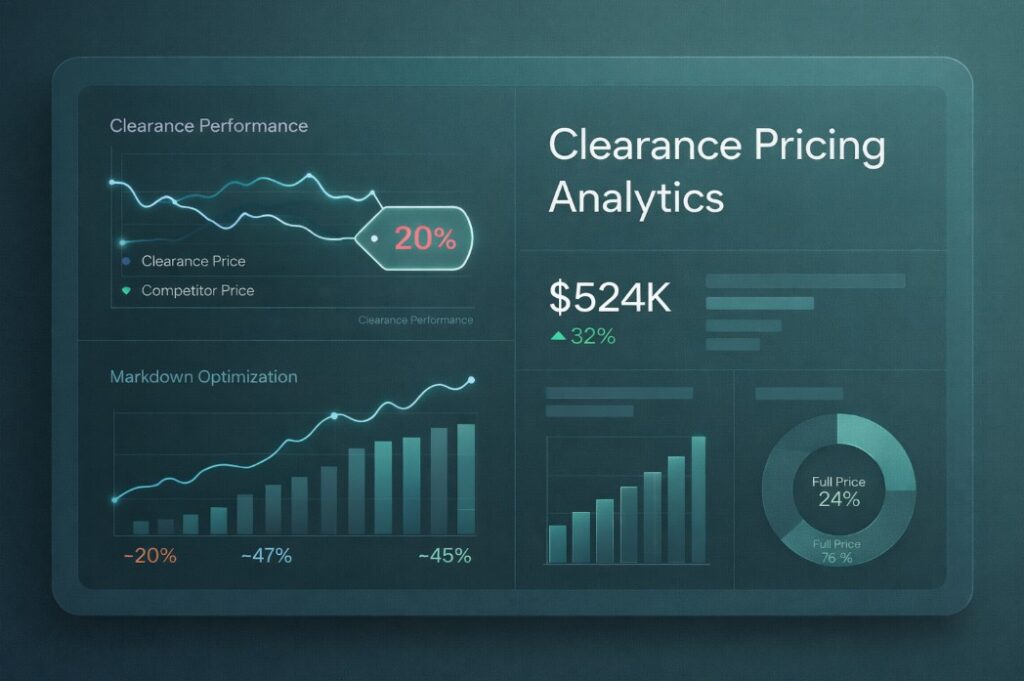
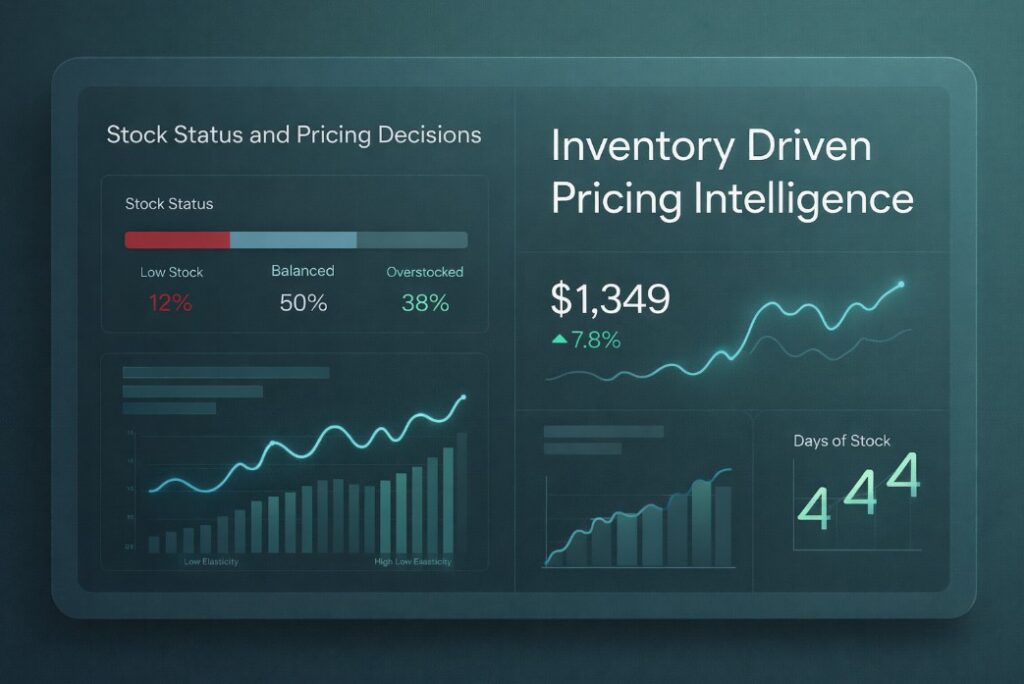
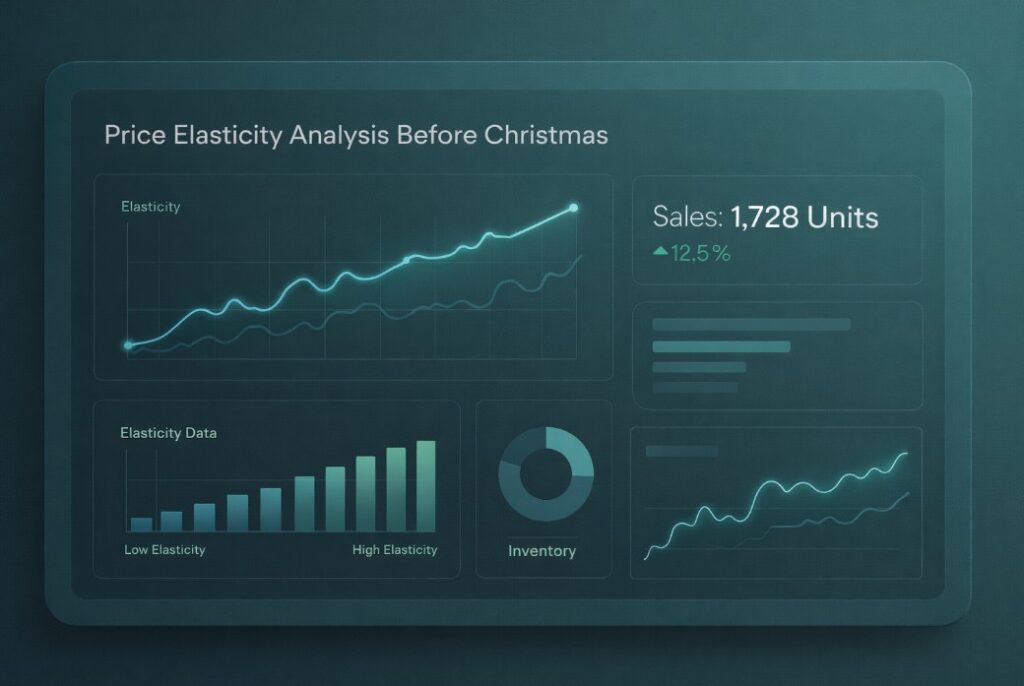
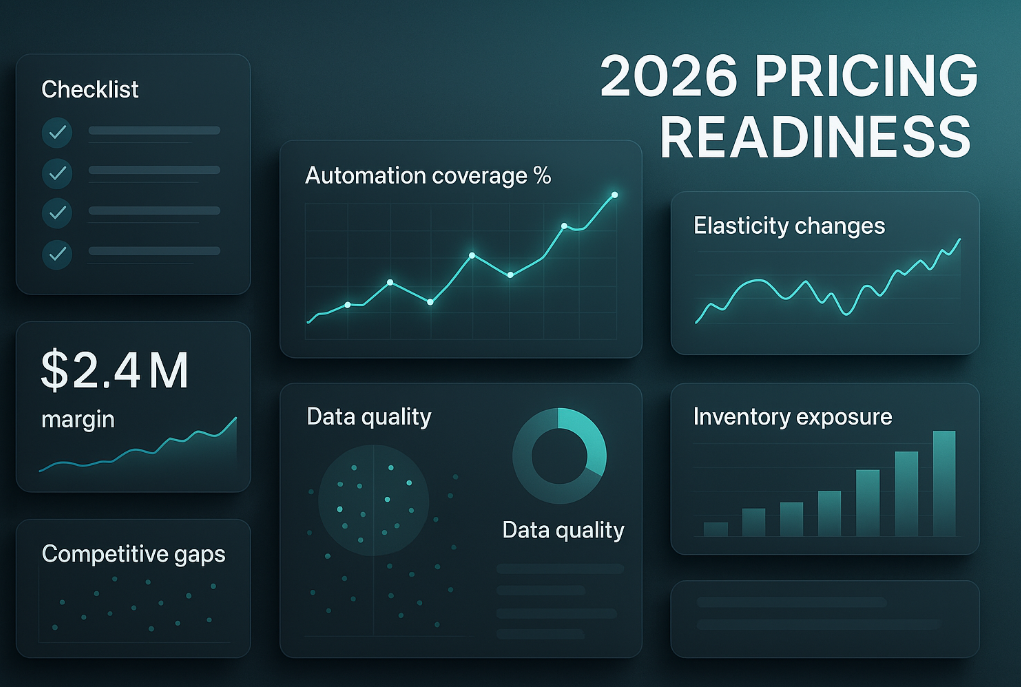
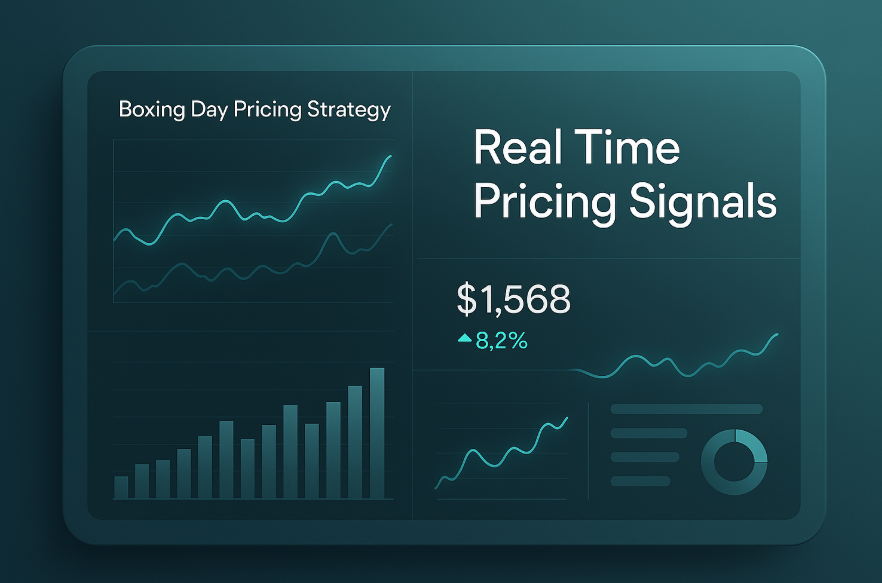
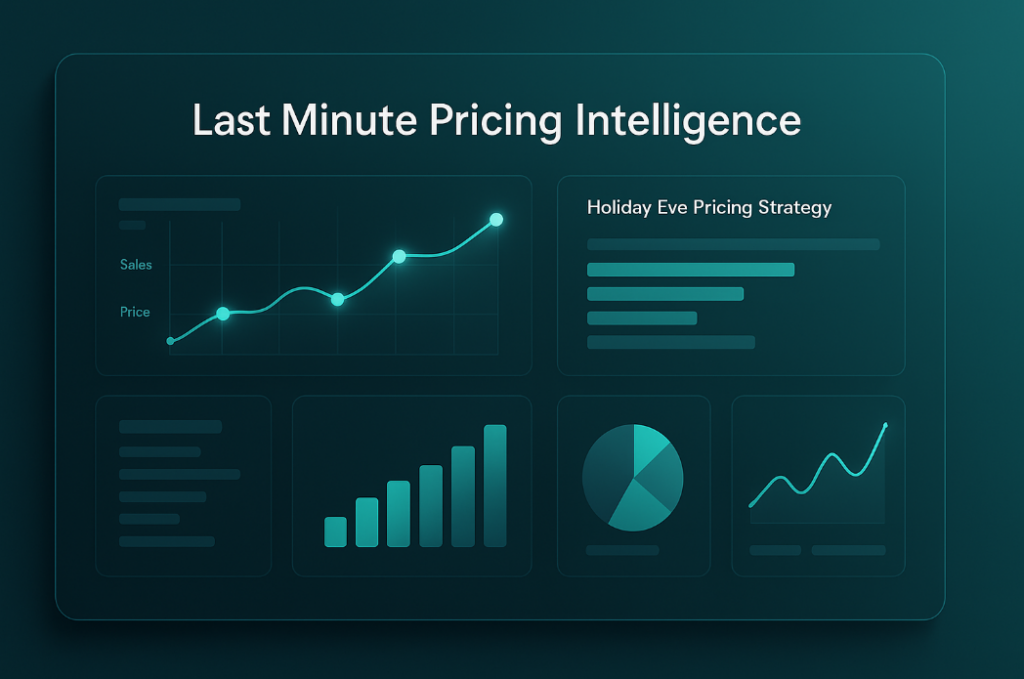







Missing an important marketplace?
Send us your request to add it!